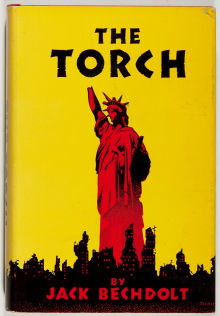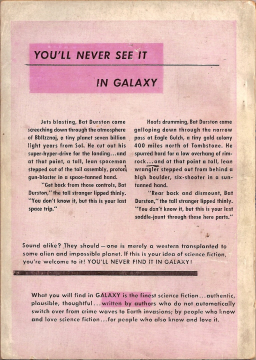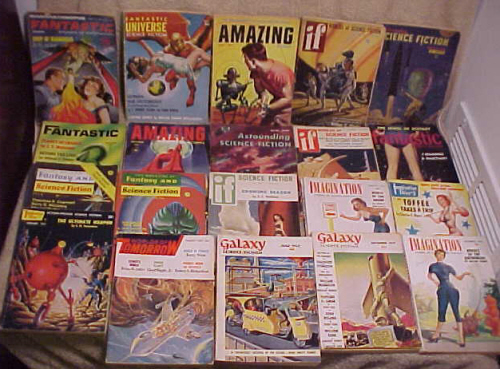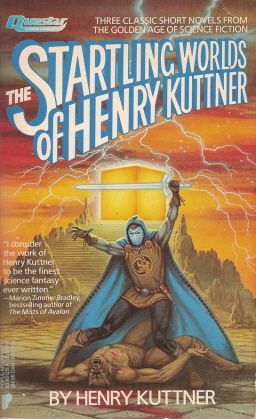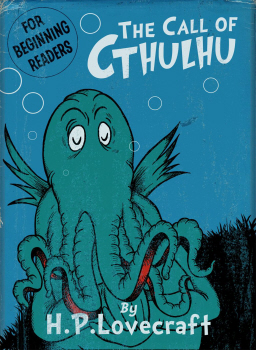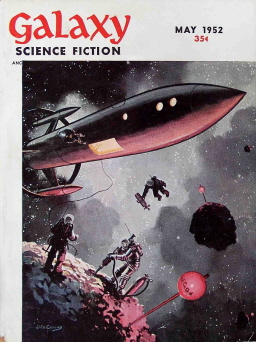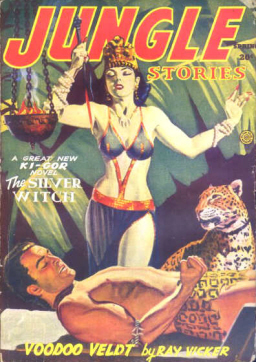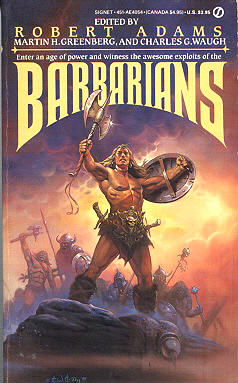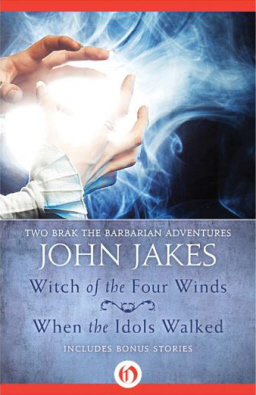Sax Rohmer’s The Adventures of Nayland Smith
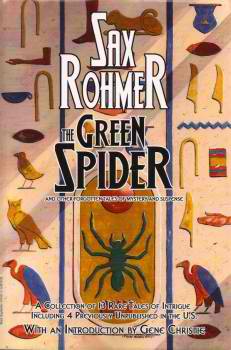
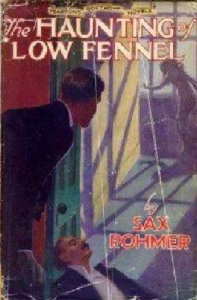 Sir Denis Nayland Smith is the largely unsung protagonist of all of Sax Rohmer’s novels and stories featuring the notorious Dr. Fu Manchu. The brilliant Chinese criminal genius constantly overshadowed the stalwart British subject who did his best to route his megalomaniacal schemes over the course of thirteen novels and four shorter works published between 1912 and 1959. The legendary villain overshadowed Sir Denis to such a degree that many readers were unaware that the author showcased Smith without his customary nemesis in three short stories published between 1920 and 1932.
Sir Denis Nayland Smith is the largely unsung protagonist of all of Sax Rohmer’s novels and stories featuring the notorious Dr. Fu Manchu. The brilliant Chinese criminal genius constantly overshadowed the stalwart British subject who did his best to route his megalomaniacal schemes over the course of thirteen novels and four shorter works published between 1912 and 1959. The legendary villain overshadowed Sir Denis to such a degree that many readers were unaware that the author showcased Smith without his customary nemesis in three short stories published between 1920 and 1932.
When Rohmer created the character a century ago, Smith was depicted as a colonial administrator, stationed in Burma and granted a roving commission by the Home Office to bring Dr. Fu Manchu to justice. His childhood friend, Dr. Petrie, played Watson to Smith’s Holmes, chronicling his adventures for posterity and ably assisting him wherever possible. Petrie’s job was made easy in as much as Smith rarely did any actual detecting. The duo generally reacted to Fu Manchu’s latest atrocity and then spent the rest of the book trying to anticipate his next move, check him, be captured, escape, and inevitably lead a daring raid that would end in something less than a complete success. Despite it all, Smith and Petrie persevered and when Rohmer ended the initial run of the series in 1917, readers likely expected they had heard the last of Nayland Smith’s exploits. Rohmer, however, was too fond of the character to let him retire peacefully.
